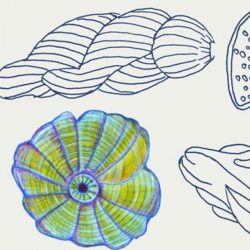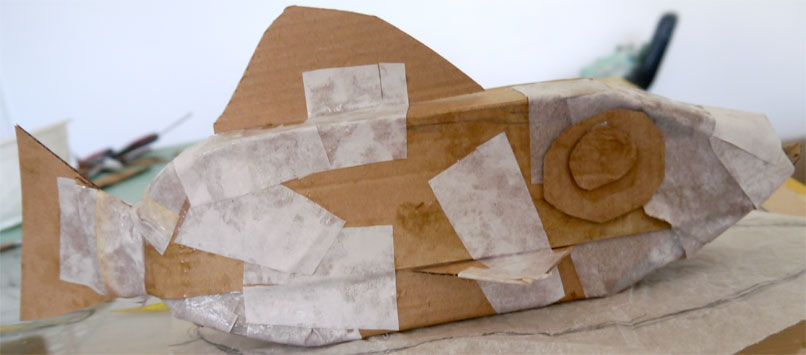
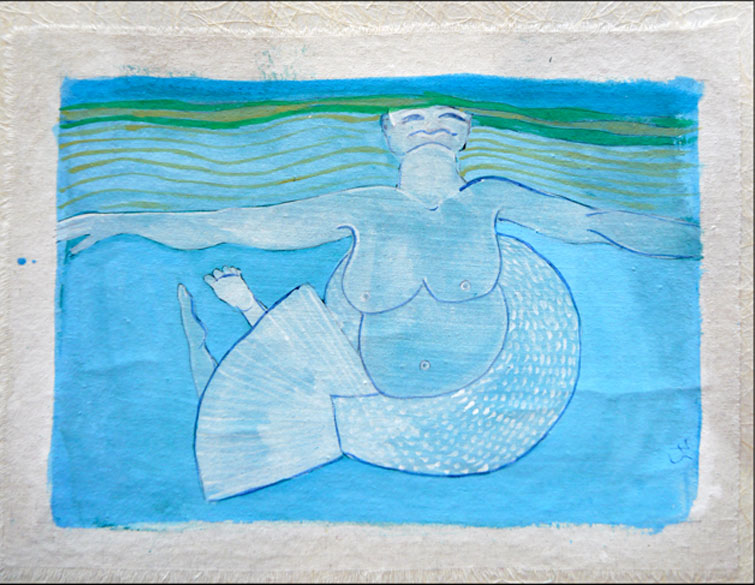

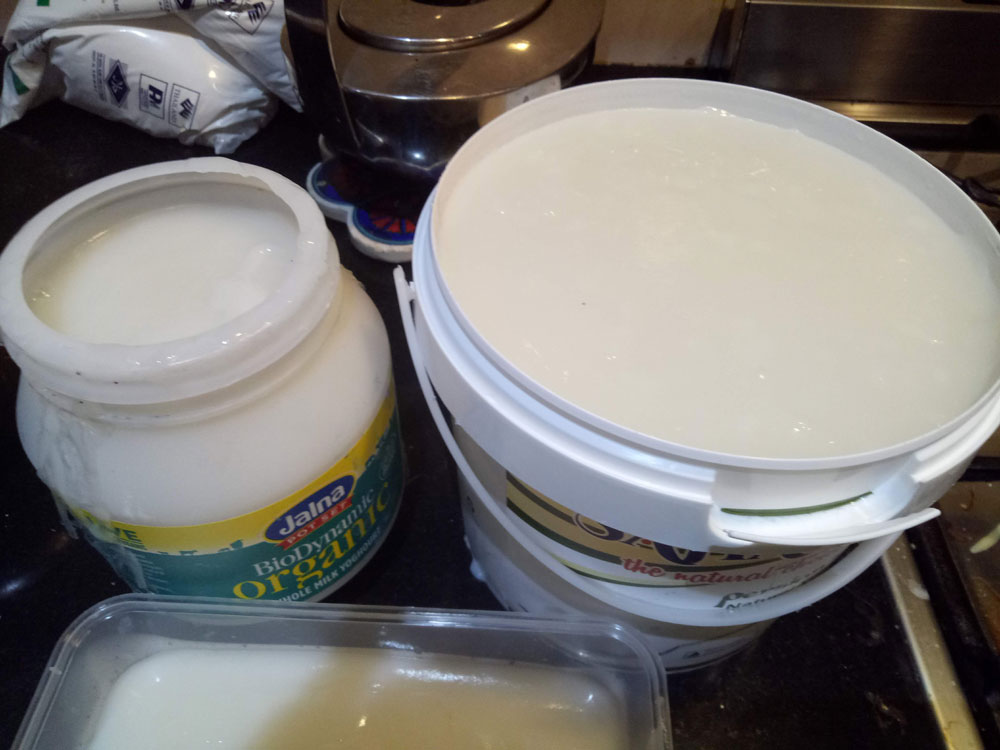
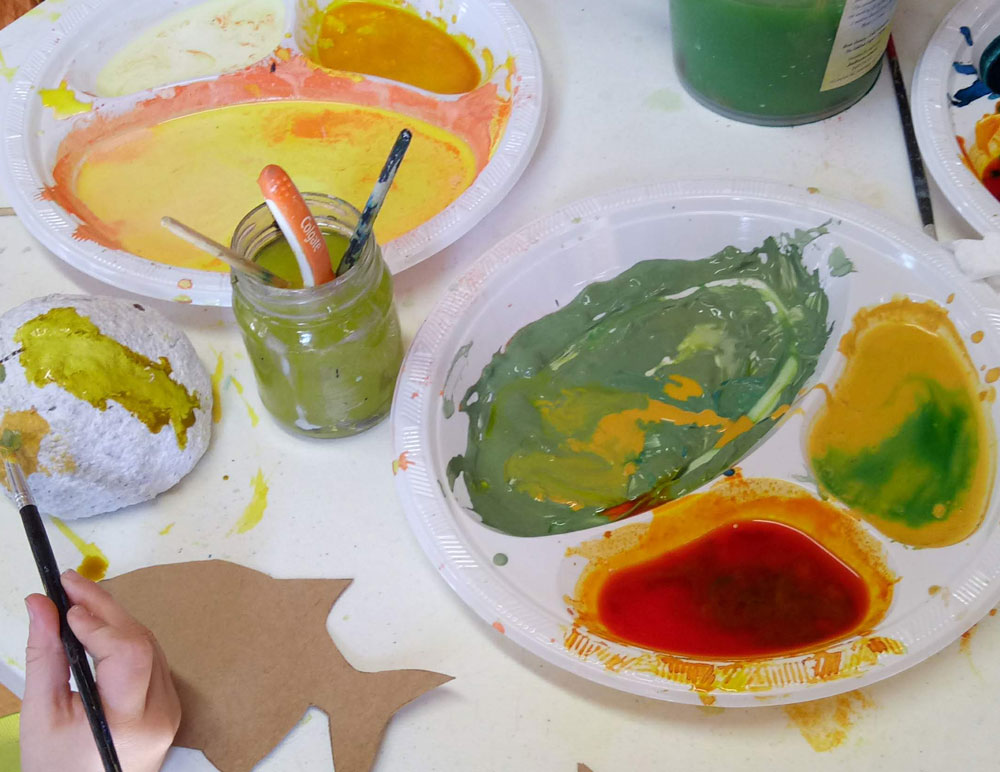
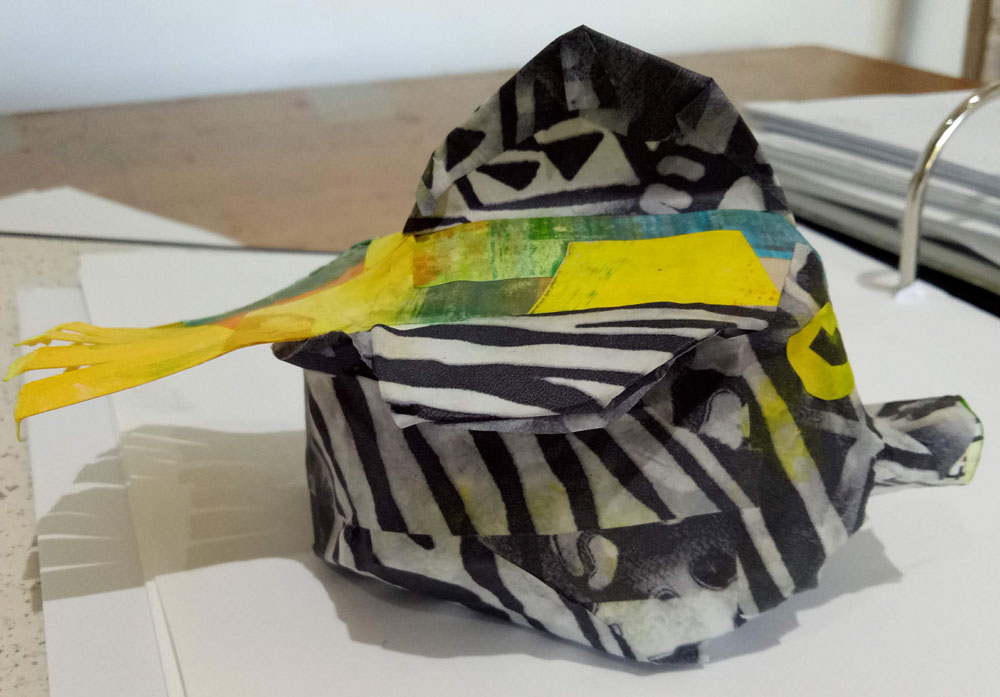
Ingredients and utensils: 1. Wheat flour ( rice or corn flour can be used) I prefer wheat as the gluten gives stronger adhesion. 2. water 3. Eucalyptus oil (you can use any essential oil if it has anti-bacterial properties) 4. 1 medium sized pot 5. wooden spoon 6. a stove
Method: Mix all ingredients together in a small saucepan when cold -(250ml water, 2 flat desert spoons of wheaten cornflour and a couple of drops of eucalyptus oil) – Stir until there areno lumps (it appears a milky colour) Turn on heat and stir continously it will thicken. When it thickens keep stirring – stir for as long as you can 3 -10minutes while boiling this strengthens the glue. When clear pour into a container let cool. It can keep for up to a week in a cool dark spot. – Play with the amounts to get a glue for your specific purpose.
The consistency of the glue will be dependent on the task. If binding paper, making paint you want a runny consistency. If making 3D objects its better if its stiffer – and dependent on what you are using it for – as the range of glue can be runny like drinking custard to tacky when you put your two fingers together there is a bit of resistance. The more you stir and cook the stronger the binding is.
You can play with adding: Adding sugar the glue adds a gloss however it can become brittle. Gelatin ( from either kelp or animal hooves) – brings strength to the glue however it will yellow and can shrink the paper. Honey gives elasticity to the glue.
Traditional uses: Japanese scrolls – binding paper and silk together. Persian/ Mongolian miniature art used a binder for watercolours to assist the non-bleeding of colours. Glue is used throughout South east Asia and is archivally sound. For contemporary works can be used in 3D art construction of puppets, Crankies, and all paper art, and installations.
What is the binding element in wheat, corn or rice? Starch is a carbohydrate – made up of Carbon Hydrogen and Oxygen
